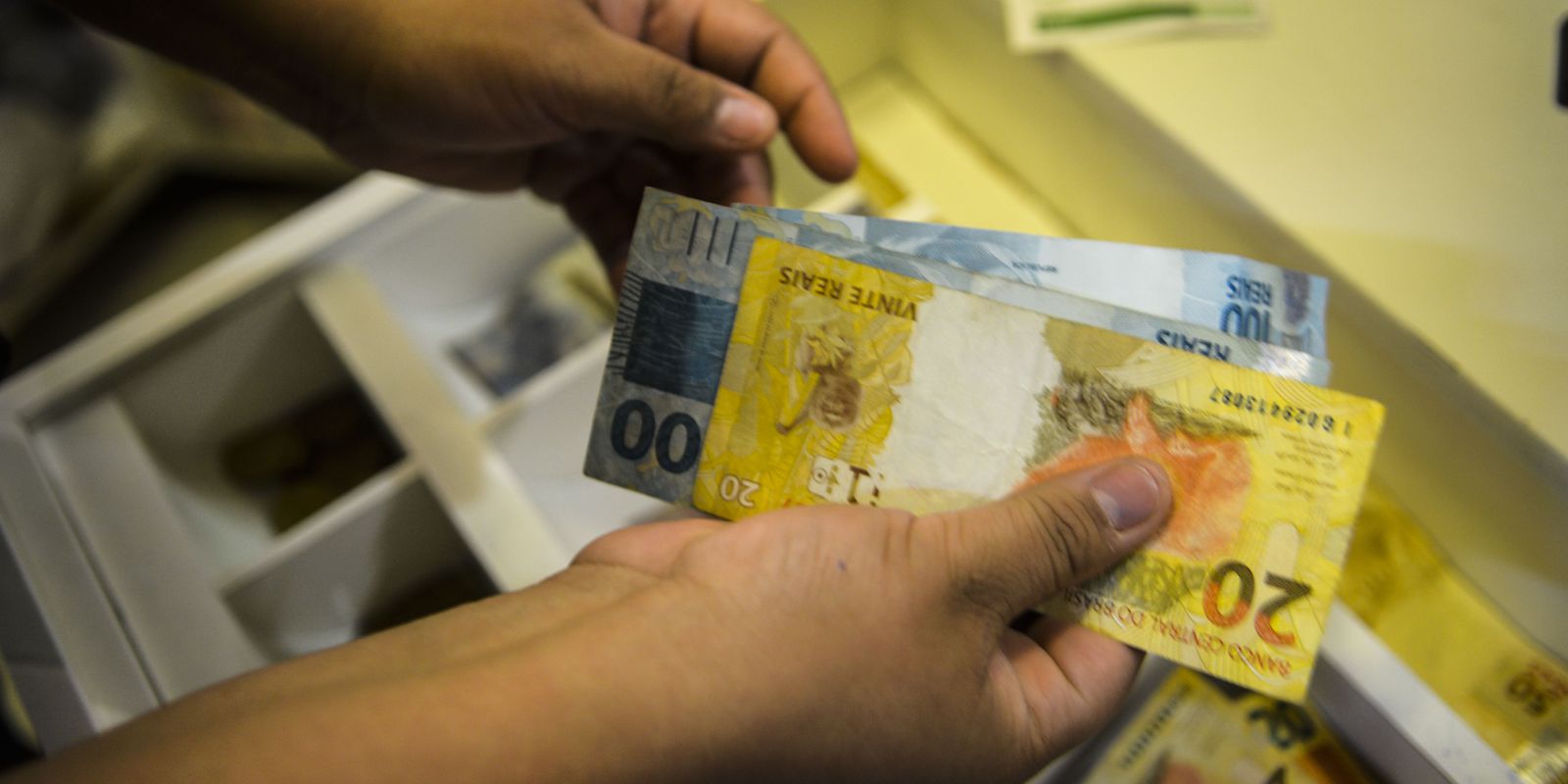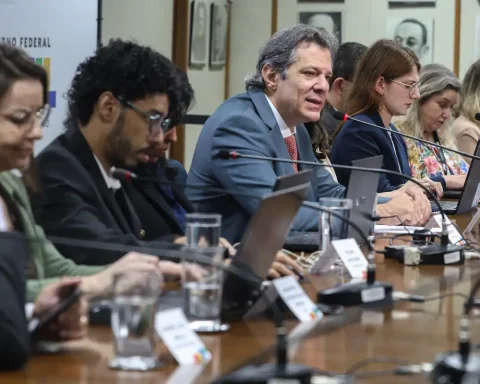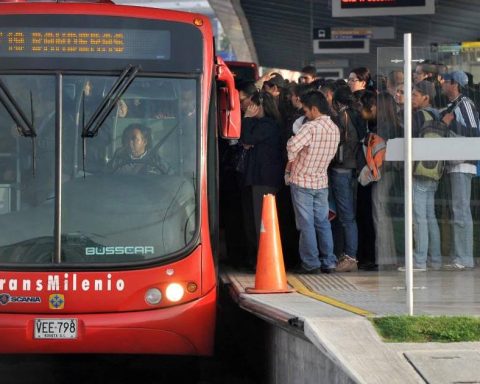The Extended National Consumer Price Index (IPCA) 15, which works as a preview of official inflation, closed 2022 with an increase of 5.9%, after rising 0.52% in December.
This year’s percentage is lower than that recorded in 2021, when it reached 10.42%, the highest for a year since 2015. In December of last year, the IPCA-15 had been 0.78%.
The data were released today (23) by the Brazilian Institute of Geography and Statistics (IBGE), which also presented the IPCA-E result, which is the IPCA-15 accumulated quarterly. From October to December this year, the accumulated index reached 1.21%.
Of the nine groups of products and services surveyed, seven advanced in December. The major impacts in the month came from Transport (0.85%) and Food and beverages (0.69%), with 0.17 percentage points (pp) and 0.15 pp respectively. The biggest variation, however, was with the item Apparel (1.16%), which caused the highest accumulated increase (18.39%) among the groups at the end of the year.
The group Health and personal care increased by 0.4%, but the result represents a slowdown compared to November, when it reached 0.91%. Housing (0.40%) had a change similar to that of the previous month (0.48%). Household articles fell by 0.46% and Personal expenses increased by 0.39%.
The rise from 0.49% in November to 0.85% in December, in the Transport group, was mainly caused by the readjustment in airline ticket prices (0.47%), which in the previous month fell by almost 10%. Fuel prices rose 1.79% and continued to rise, despite having been below the observed in November (2.04%).
The biggest individual impact (0.07 pp) came from gasoline, which increased by 1.52%. The greatest variation among the researched fuels was ethanol (5.44%). Diesel oil (-1.05%) and vehicle gas (-1.33%) had a drop in prices in December.
Foods
The indicator showed that the Food and beverage group was at the top of the list of the biggest impacts in 2022 with 2.47 pp. In the year, the high reached 11.96%. The prices of food for consumption at home increased by 0.78% from November to December, influenced by increases in onions (26.18%) and tomatoes (19.73%). In the last three months of the year, the accumulated changes of these two products were 52.74% and 49.84%, respectively.
Other contributions in the same group came from the rises in December in the prices of rice (2.71%) and meat (0.92%). On the contrary, for the fourth consecutive month there was a drop in the prices of long-life milk, this time by 6.10%. Even so, the product ended 2022 with an increase of 25.42%. Food away from home registered a result close to that of November (0.40%). Snacks increased by 0.88%, while meals increased by 0.28%.
Clothing
The Clothing group advanced 1.16% and all surveyed items were discharged. Women’s (1.54%) and men’s (1.47%) clothing, both with 0.02 pp, were the main contributors. “The group was discharged in all months of 2022, the largest in April (1.97%) and the lowest in August (0.76%), and was responsible for the third largest impact in the year (0.78 pp )”, informed the IBGE.
Among the main impacts in the year, the second largest contribution (1.38 pp) came from the group Health and personal care, which rose 0.40% in December and 11.24% in the year. According to the indicator, the group had a deceleration caused, in large part, by personal hygiene items, which increased from 1.76% in November to 0.04% in December, close to stability.
Other retreats were noted in the prices of nail products (-5.05%), perfumes (-1.54%) and skin products (-1.39%). As for the increases, the highlight continues with the health plan (1.21%), which incorporates the monthly fraction of the readjustments of the new and old plans for the cycle from 2022 to 2023.
Housing
The main contribution in the Housing group was residential electricity (0.87%), with an impact of 0.03 pp.
“The variations in the surveyed areas were between -0.71% in Rio de Janeiro and 18.78% in Brasília, where tariffs per kWh were readjusted by 21.54% as of November 3rd. In Porto Alegre (1.74%), there was a readjustment of 3.62% in one of the surveyed concessionaires, in force since November 22”, reported the IBGE.
Still in the Housing group, there is also the high water and sewage rate (0.83%), due to the readjustments of 11.82% in Rio de Janeiro (9.00%), in force since November 8, and of 10.15% in Belém (5.62%), valid from November 28th.
On the other hand, due to the 2.47% reduction in tariffs in Rio de Janeiro (-1.41%), applied from November 1st, piped gas fell by 0.45%.
Regions
All regions surveyed were discharged in December. Influenced by increases in gasoline (2.74%), electricity (4.13%) and tomatoes (33.75%), the biggest variation was in Goiânia (0.89%). The lowest result occurred in Salvador (0.36%), where the drop of 3.5% in gasoline prices weighed.
IPCA-15
For the calculation of the indicator in December, prices were collected in the period from November 15 to December 13, 2022 (reference) and compared with those in force from October 14 to November 14, 2022 (base).
The IPCA-15 refers to families with an income of 1 to 40 minimum wages and covers the metropolitan regions of Rio de Janeiro, Porto Alegre, Belo Horizonte, Recife, São Paulo, Belém, Fortaleza, Salvador and Curitiba, in addition to Brasília and from the municipality of Goiania.
“The methodology used is the same as the IPCA, the difference is in the price collection period and geographic scope”, informed the IBGE.















